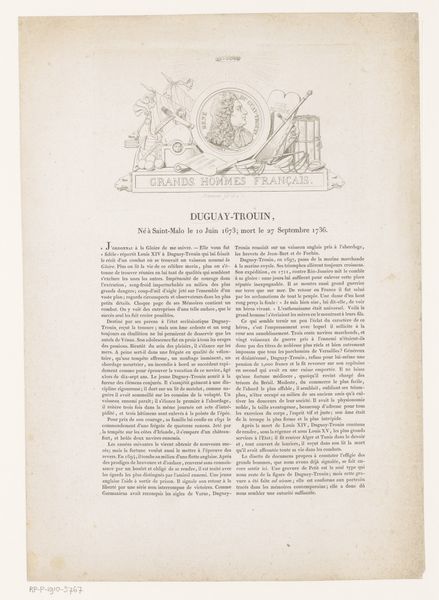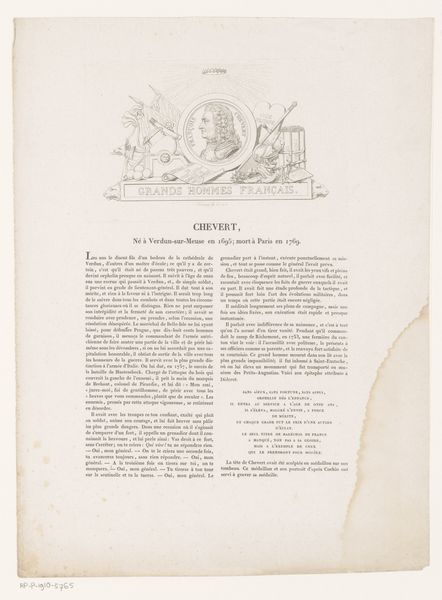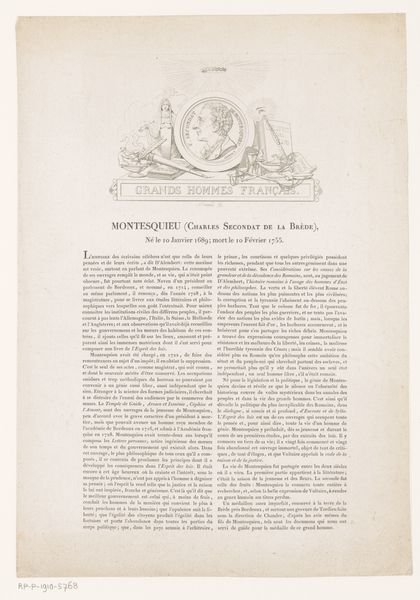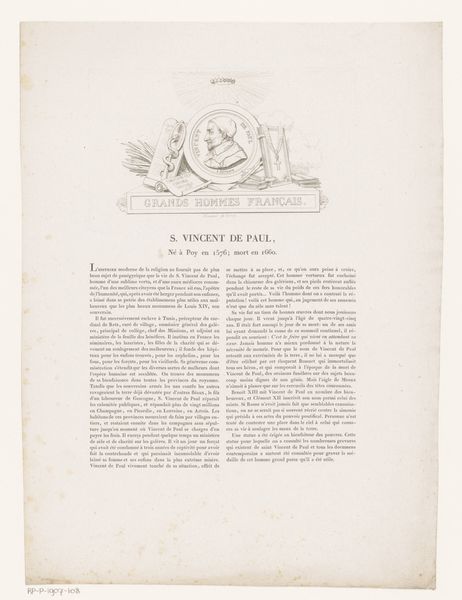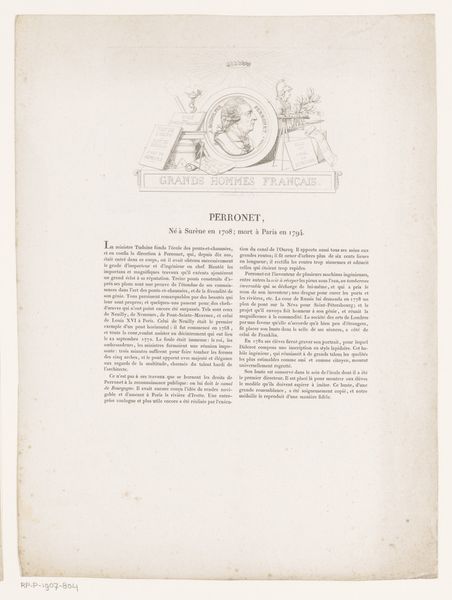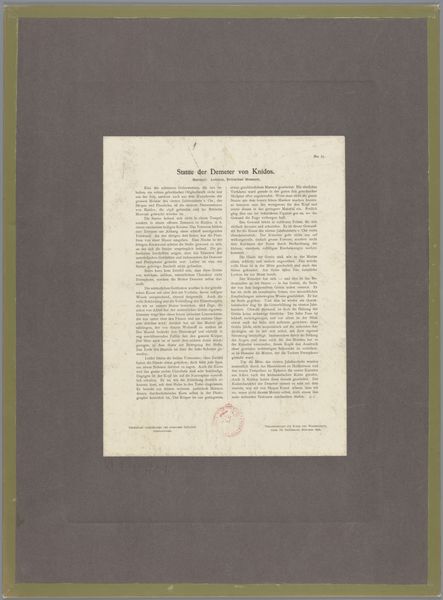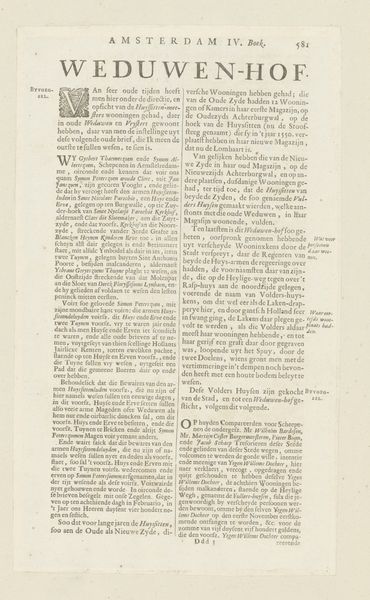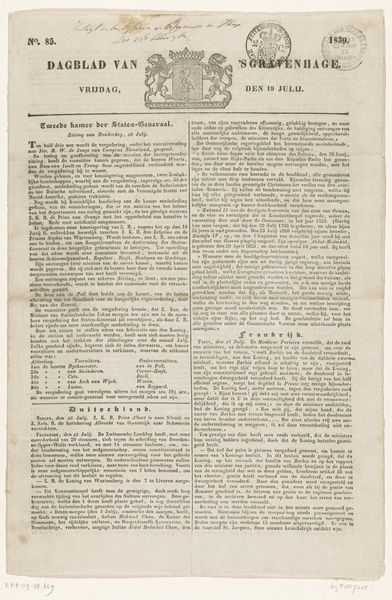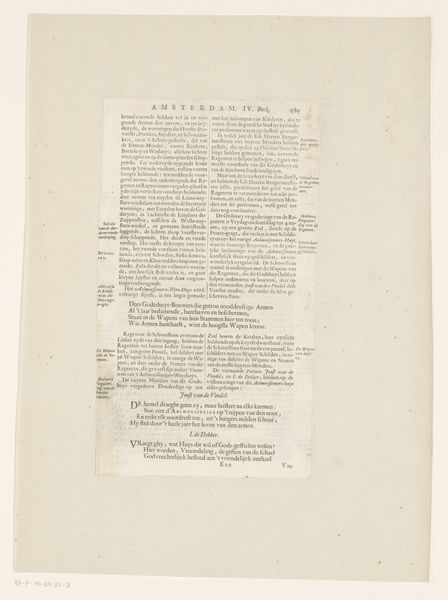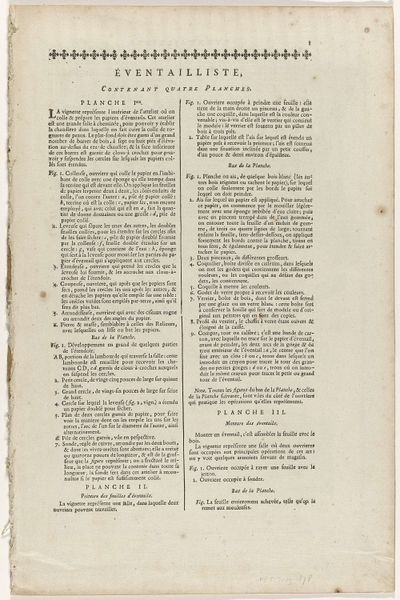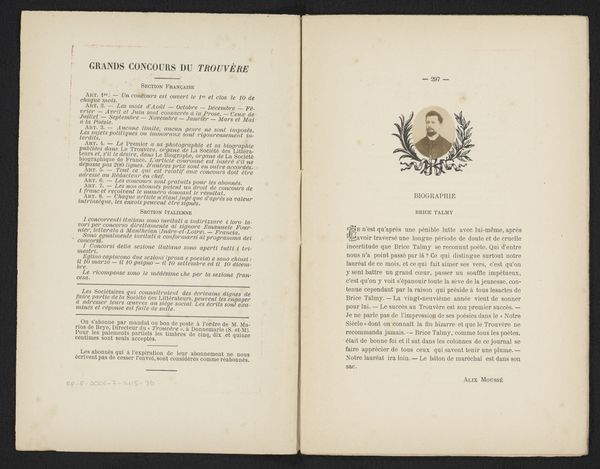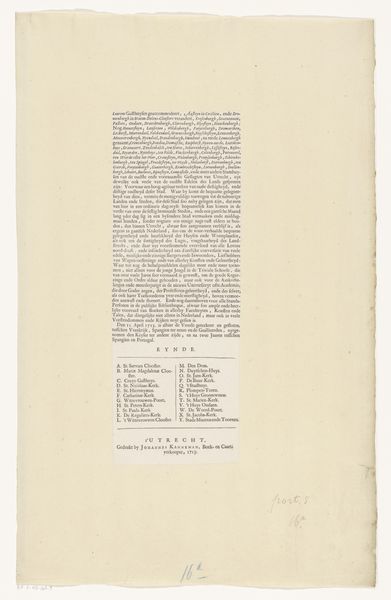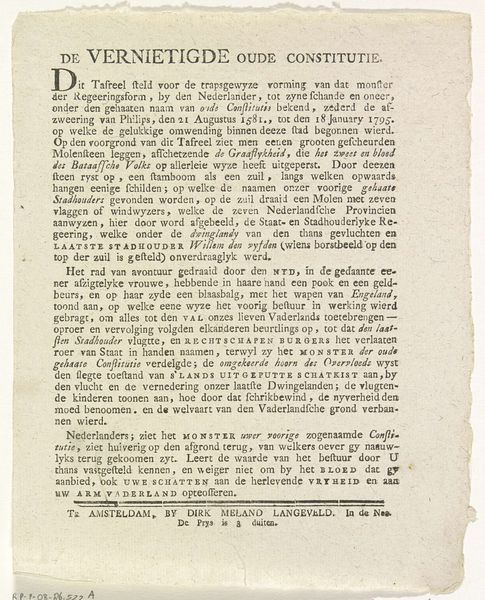
print, engraving
#
portrait
# print
#
history-painting
#
academic-art
#
engraving
Dimensions: height 102 mm, width 167 mm, height 356 mm, width 265 mm
Copyright: Rijks Museum: Open Domain
Curator: Here we have a print titled "Portret van Jacques-Auguste de Thou," made sometime between 1816 and 1826 by Louis Marie Normand. It resides here at the Rijksmuseum. Editor: It looks rather severe, wouldn't you say? Stark, almost like an official document. The grayscale gives it an air of detachment. I see very intricate detail, so it must be very small. Curator: Indeed, Normand employed engraving techniques, using metal plates to carve this print, allowing for mass reproduction. Think of the dissemination of imagery and knowledge this process facilitates! Editor: So, this wasn't about capturing the aura of an individual through spontaneous gesture like painting might, but about a standardized reproduction. Is it academic art due to the theme alone, or does the formal precision add to that feeling? Curator: Both! Academic art here is more than theme: see the calculated composition, the meticulous linework meant to idealize, to project not just an image, but the notion of Jacques-Auguste de Thou. The medium supports this. The labor in producing this engraving speaks to his social status. Editor: And yet the detail pulls me in. I start tracing the circular portrait itself, the tools scattered, perhaps hinting at his pursuits. Even if mechanically produced, those details reveal a desire to communicate certain symbolic attributes. Curator: You pick up on the narrative intent; those emblems hint at de Thou's scholarly leanings and position within French history. Editor: Seeing all the information included makes one reflect on the culture that embraced engraving. Beyond portraits, consider scientific diagrams, architectural plans. What a visual vehicle for progress! Curator: Precisely! From process to product to consumption, prints offer avenues into historical moments, ways of seeing that go far beyond merely admiring skill. Editor: I appreciate noticing details in tandem, thinking of them in historical and philosophical contexts: these prints offer such rich, complex insights.
Comments
No comments
Be the first to comment and join the conversation on the ultimate creative platform.
